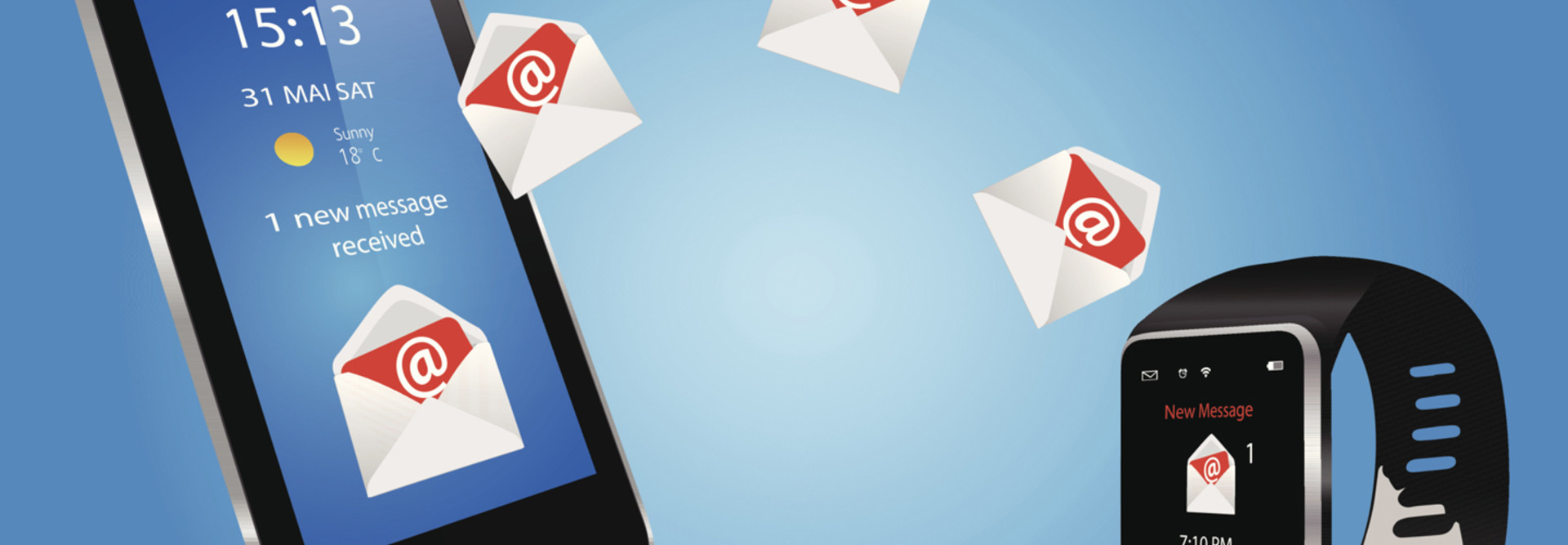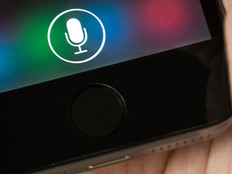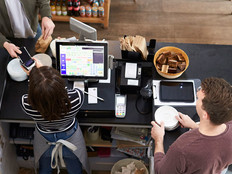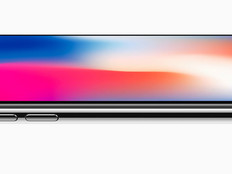The Smartphone Lies at the Heart of the Wearable Revolution
The wearable-technology market has exploded with new products in the past two years. In fact, if you tried to wear all the gadgets at once, you would probably have trouble walking, much less running. At the center of all this body technology sits one key piece: your smartphone.
Goofy images of dangling Fitbits and Pebble watches aside, the wearables market should reach about $1.5 billion in revenue in 2014, meaning there are many more accessories coming than Kickstarter watches. Right now it's a typical startup scramble as new companies pop up with innovative ideas and products. Samsung and other huge companies have wearable items, but no device has achieved significant market presence.
Such a fractured market means there’s no coordination among vendors or standards to follow, and since wearables must be as small as possible, they rely on smartphone apps to communicate to the wearer over Bluetooth. That's one reason Google has just released its new Android Wear initiative, which takes its popular mobile operating system and optimizes it for wearable accessories.
Pull your smartphone out of your pocket and take a good look at it. It has a huge battery compared with the batteries on wearable gadgets. The screen, now averaging about 4 inches, can show far more than a smartwatch. Storage space? Huge in the phone, tiny in the wearable.
Processing power could be the first and last argument for smartphones being the center of the wearable world. Quad-core chips and gigahertz speeds will be happy for something to do while waiting a virtual eternity for each voice call or text or Facebook update. There's so much processing in modern phones that some analysts say it's far more powerful than the computers that got Apollo spacecraft to and from the moon.
People who are still interested in a shred of privacy can rely on their smartphones to collect data but not to spread it through the cloud. Avid runners, for instance, may want to compete with others for most distance run in a week, but they want to control how and where this information is spread. When devices start to bypass the phone and automatically send data to the cloud, another piece of your privacy wall crumbles.
Smartphones may well have been the enabling technology for the new wave of wearables. And improvements for your pocket server, such as Bluetooth Low Energy — a new protocol that enables faster device discovery, connection and disconnection, as well as reduces battery drain — will help the cause for a few more years.
Prepare for the smartphone to become more of a background player over the next few years as more new wearable-technology products from both startups and global enterprises take center stage. The spotlight — and hype — will focus on the wearables, but the foundation will be the smartphone.
But in another dozen years, the continuing reduction in the size of wearable devices and smaller storage media, magnified by better glass display technology, may allow these products to take over for the smartphone completely, some analysts predict. The smartphone, though, will be more advanced by that time and will likely remain the server for all wearable technology.









